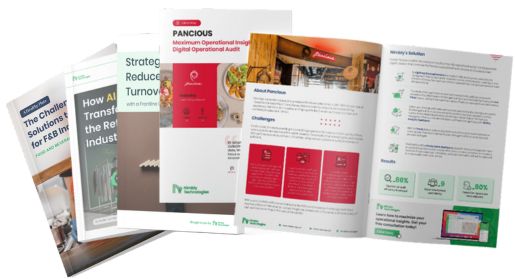

The impact of hazards in the workplace can cost companies billions of dollars every year, making hazard control necessary for operations. The hierarchy of hazard control helps companies apply the most effective methods to reduce risks of accidents, damages, and deaths. Every business owner, even those with small and home businesses, must understand this hierarchy of hazard control and apply it accordingly.
Hazard control is a series of measures to protect workers from injuries, death, and exposure to dangerous substances or materials. OSHA (Occupational Health and Safety Administration) describes hazard control as a hierarchy, which places strategies based on effectiveness.
Hazard control must be standardized, particularly when the workplace deals with dangerous substances or conditions. This hierarchy of hazard control should be implemented in the Standard Operating Procedure guidelines so every level of staff can prioritize the most critical steps when emergencies occur.
In the hierarchy of hazard control, the analysis is based on the types of exposure that threaten employees or workers. Three types of hazard exposures require different treatments based on their characteristics. They are:
Physical exposure happens at close range or upon direct contact with workers. For example, if a worker can get injured by falling, moving, or sharp objects, there are risks of physical exposure.
Environmental exposure risks employees or workers even when away from the actual causes. For example, a gas leak, foul odor, or loud noises can affect employees and cause hazards to their health.
Potential exposure is the possibility of employees or workers getting impacted by hazards. The risk factors and possible hazards are determined based on the substances, environment, equipment, and physical and mental demands expected from the employees.
The hierarchy of hazard control is ranked in five levels, with the first being the most effective and the fifth the least. They are as follows:
Elimination means deleting the source of hazard, making it the most effective form of hazard control. It is done to risk factors or exposure types that are unacceptable. Examples include providing extendable tools to eliminate falling hazards from working high ground or scrubbing mold to prevent respiratory problems.
Substitution is similar to elimination in a sense as it also focuses on removing the source of hazard. However, instead of eliminating it, substitution means replacing the hazard source with something less dangerous. For example, a company replaces harsh cleaning chemicals that contain dangerous substances with products with less dangerous chemicals.
Engineering control uses efforts to separate the employees from the source of hazards using environmental modification. For example, a factory installs vents and barriers around dangerous machinery to reduce health risks and injuries. They do not eliminate the sources of danger, but they ensure that employees are separated as far as possible from the hazards.
As a hazard control effort ranked in the middle, engineering control is the most popular option among companies. This effort is a compromise that does not require companies to eliminate the hazard sources since they will require major and even costly fundamental changes.
The administrative step deals with the Standard Operating Procedures, ensuring everyone follows the same safety standards. Examples are companies that train employees to follow safe procedures in working and recognize signs of danger at the workplace.
PPE is deemed the least effective in the hierarchy of hazard control because it mainly works only on minor hazards. However, PPE must still be enforced because it can protect employees from the worst effects of minor daily hazards. Examples are goggles, masks, work boots, helmets, and vests with reflective strips.
Implementing hazard control measures requires constant monitoring, observation, and reporting. Digital management tools like Nimbly provide features like a digital checklist and issue tracker to ensure real-time visibility into issues in the workplace, as well as speedy deployment and implementation in hazard control when necessary. This tool also has insight and data features to read trends and create data visualizations, which are helpful for evaluations and audits.
Hazard control requires analyzing the most and least effective steps to address risks properly. Recognizing the hierarchy of hazard control is a way to choose the best solution for the company and the employees. Download Nimbly now to make your task in hazard control more efficient.
